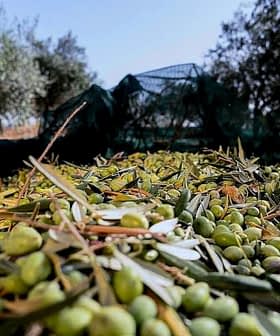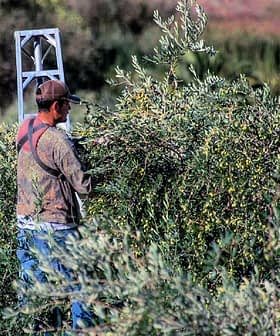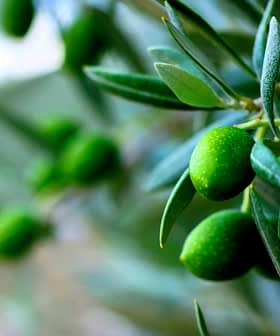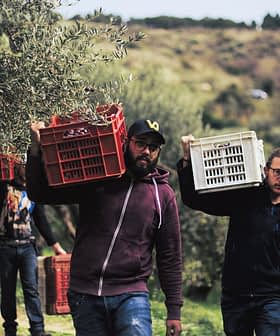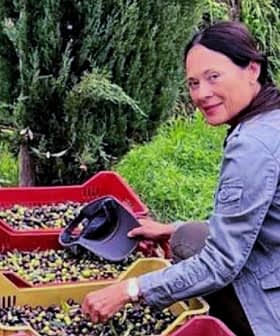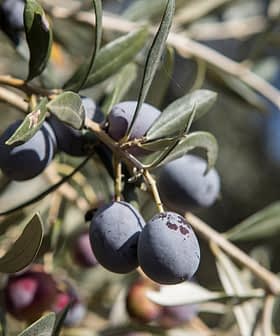European Olive Oil Supply Hits Decade-Low
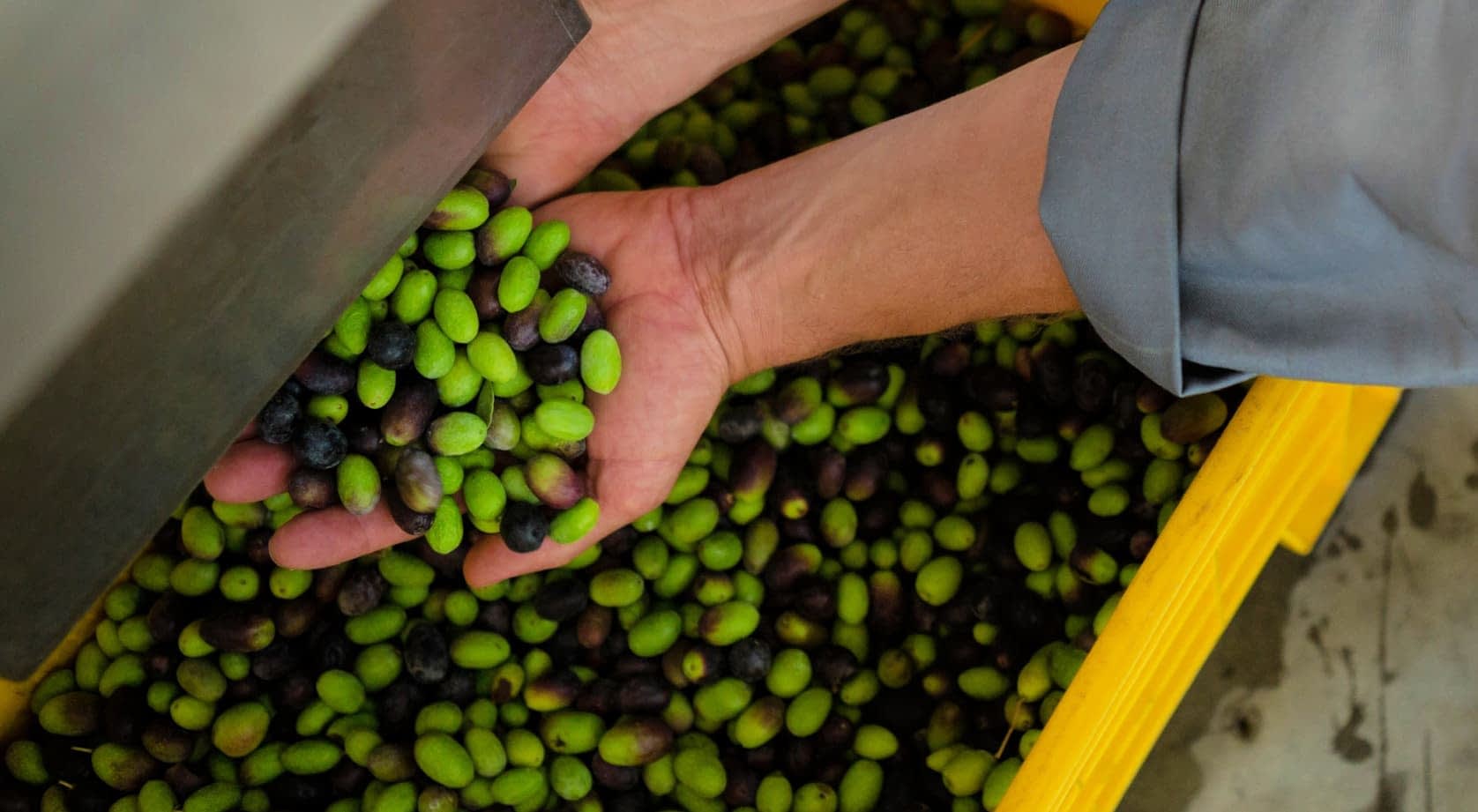
The European Commission has confirmed a modest increase in olive oil production in the E.U. for the 2023/24 crop year, but warned that key indicators for the sector are still very poor, including low availability and decreased consumption. Despite the production increase, olive oil prices remain high, leading to reduced consumption and exports, with a forecasted three percent decrease in demand in the E.U. and a 10 percent drop in exported volumes.
Despite confirming a modest increase in olive oil production in the European Union for the 2023/24 crop year, the European Commission warned that other key indicators for the sector are still very poor.
According to its latest short-term outlook report for the agricultural sector, E.U. olive oil production is set to rise by seven percent compared to 2022/23, reaching 1,489,000 tons. Despite the increase, the current yield remains 28 percent below the average of the past five years.
Olive oil availability – the combination of production, stock and imports minus exports and consumption – is also low, with a forecasted five percent decline compared to the previous year and a stark 28 percent reduction compared to the five-year average.
See Also:Global Production May Exceed Expectations, but Not Enough to Move PricesStarting stocks were 406,000 tons, and ending stocks are expected to drop to 365,000 tons due to revived imports from traditional trading partners, such as Turkey and Tunisia, and Southern Hemisphere producers, including Argentina and Chile.
“While the level of beginning stocks might look comfortable, it is mainly due to a reduced demand, both in the E.U. and globally,” the commission wrote.
As olive oil prices have risen significantly in the last two years, Brussels reported that many consumers have turned to cheaper edible oils or reduced olive oil consumption.
Consumption in the E.U. is expected to decrease to 1,189,000 tons, 18.6 percent below the average of the previous five years.
Spain, Italy, Portugal and Greece, where olive oil is a staple, are expected to experience far steeper declines in consumption. The commission estimates consumption will fall below 900,000 tons, marking a significant 19.9 percent decrease compared with the average of the past five years.
Olive oil consumption per capita in the European Union is also expected to decrease in 2023/24, falling to 2.6 kilograms, a 19.2 percent decrease compared to the five-year average.
While olive oil prices at origin have decreased from the record highs reached in mid-January, they remain far above the average for the previous five years.
The report cited the example of extra virgin olive oil prices in Jaén, Spain’s benchmark market. At the end of March, extra virgin olive oil prices were 2.5 to 2.7 times above the average of the last five years.
According to the commission, reduced availability for the current crop year means prices will remain above the five-year average in the short and medium term.
“In 2023/24, some additional reduction [in olive oil demand] is likely to occur, as the transmission from producer prices to consumers (especially if more positive harvest developments are confirmed) will take time,” the commission wrote.
This scenario could further reduce the demand for olive oil in the European Union by three percent.
The commission noted how global demand is also weak, citing the 14 percent drop in exports to China and Japan in the first four months of the crop year.
Prices also impact exports and demand from abroad, with a 10 percent expected drop in exported volumes.
“On the other hand, E.U. will remain an attractive market for imports, both due to lower domestic availability and higher prices,” the report noted. Imports are expected to reach 200,000 tons at the end of the current crop year.


